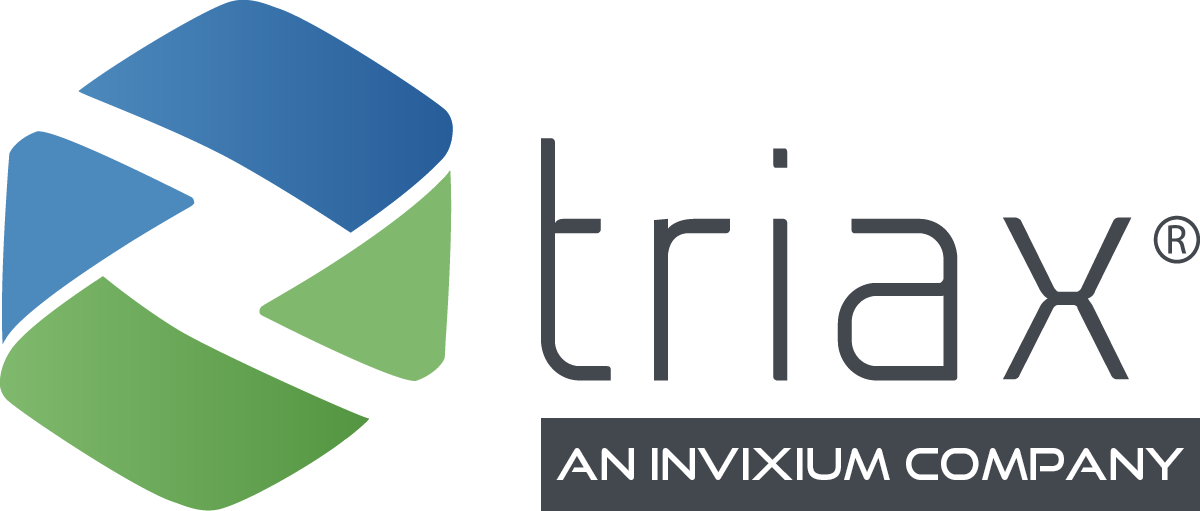In part 4 of this series, we will dispel myths about wearable IoT technology for industrial sites.
Safety wearables gather critical information from industrial sites and provide data to project leaders for bottleneck identification, safety risk mitigation, increased labor productivity and more. But as cyberattacks become more sophisticated and frequent, the pressure is on to protect personal identifiable information (PII) and make sure IoT devices don’t jeopardize your organization’s overall security posture.
When choosing an IoT wearable solutions provider, it’s important to pay attention to what type of information is collected and stored—and what safeguards are in place to ensure both compliance and layered protection.
The potential downsides to IoT data collection
While it holds a wealth of analytical potential, data must be protected, and that’s becoming increasingly difficult to do. In 2021, data breaches exposed 22 billion records, and 54% of companies say their IT departments are not prepared to handle sophisticated cyberattacks. Once personal information has been exposed, companies can face significant compliance penalties and other costs—not to mention the more intangible loss of brand equity and trust. The cost of a data breach has increased 2.6% from 2021 to 2022, now totaling $4.35M.
IoT data collection devices often raise questions around security risks, since infiltrating the device can then connect cybercriminals to broader networks and databases at an organization. From January to June 2021, there were 1.5B IoT breaches. Moving forward, the amount of shared data on connected devices is expected to reach 73.1 zettabytes by 2025, making IoT solutions an enormous source of valuable information.
Your cybersecurity checklist when evaluating IoT wearable solutions
As you evaluate safety wearable solutions, keep the following four areas in mind to make sure your partner can provide the strongest security posture possible
- PII – Are the safety wearables collecting information that can be matched to a personal identifier? If so, you will have to make sure you are complying with all industry regulations and laws related to PII. Triax safety wearables, by contrast, have no identifying data, just serialized interactions. Because they don’t capture sensitive PII, you don’t have to worry about how sensitive information is being stored, leveraged and protected.
- Encryption – Encryption is one of the most important safety measures for protecting data in transit and at rest. Using cryptography, encryption basically scrambles the meaning of data, rendering it unintelligible to anyone without the proper encryption key. When data travels on the Triax network, transmissions are encrypted locally and again when that information reaches the cloud for processing and storage.
- Network vulnerabilities – When devices connect to your network, they create an endpoint. Cybercriminals could potentially infiltrate that endpoint to access your broader network. That’s why the data collected, sent, shared and stored from Triax IoT wearable devices never touches your local IT system. Instead, integrations happen through an API, leaving your existing systems untouched.
- Certifications & audits – A reputable SaaS provider should be able to detail how they regularly audit their processes for handling customer data. SOC certifications, the industry gold standard, require an outside audit that confirms the reliability of a vendor’s systems and/or their operational effectiveness when handling data. Triax Technologies is SOC2 certified and has passed multiple security reviews with some of the largest energy companies, including governmental cloud requirements.
Selecting the right IoT wearable solution provider
Before you choose a technology product or service, it’s critical to ask the hard questions and make informed decisions. Triax is here to help you do that. Stay tuned for our fifth installment of this series, where we’ll explore the efficacy of labor productivity optimization.
Ready for an affordable solution that pays for itself in ROI? Discover Spot-r® by Triax, a comprehensive worksite IoT solution platform that offers a proprietary blend of IoT wearable devices, network, application, and insights to capture, synthesize, and act on field data. Contact us today or request a free demo to gain access to unparalleled workplace safety & data visibility.

